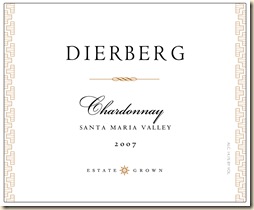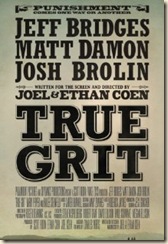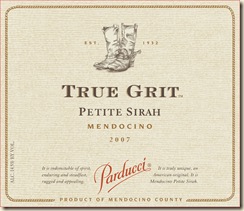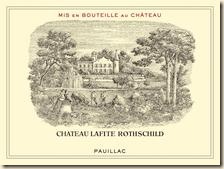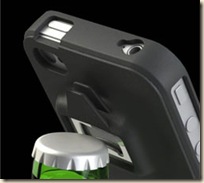Here in New York, this week’s Vino 2011 Italian Wine Week opened today with some perspectives on Italian wine and other aspects of the wine business from a panel of industry leaders. Here are some of the more interesting observations and comments.
From Leonardo Lo Cascio, Chairman and Founder, Winebow, Inc.
-- “In the sweet retail spot of $25 and under there is not another country that comes close to Italy” for American wine drinkers.
-- On Italian sparkling wines: “I don’t think we have an Italian sparkling wine story, we have a Prosecco story.” Beyond the great success of Prosecco, Italian sparklers “don’t do very well because they are priced like Champagne” and on a special occasion “people want to go safe” with Champagne.
-- On Italy’s wine laws: “Most Italian wine laws are totally irrelevant to the American consumer. People can’t make their way around DOCs or DOCGs. The whole thing needs to be simplified and made easier. We have some appellations that are totally insane.” Example he cited: Colli Morenici e Mantovani del Garda. “There are 280 of those appellations.”
From Cristina Mariani May, Co-CEO, Banfi Vintners:
-- There is increasing interest among consumers in regional wines from Italy, and there is a fallback to “retro wines” such as dry Lambruscos, Soaves, Amarones and Frascatis. “What is old is really new again but new in a better style, a purer style.”
-- More and more Italian producers are using natural growing methods, even if they are not going through the cumbersome process of becoming certified organic.
From Tyler Colman, editor of Dr. Vino.com:
-- On wine journalism and criticism: The traditional model of “handing down points from Manna in Heaven is running out of gas.” Young people, thirsty for wine knowledge, are largely getting it from their friends and passionate retailers. As for wine information on the Web: “It’s a bull market for free content. If you’re giving it away for free on the Internet, people will come and read your content.” He noted that there are four million “core wine consumers” on Twitter alone.
-- Robert Parker won’t be replaced and there will be “a lot more voices” in terms of influential wine writers.
-- On barriers to increasing Italian wine sales even further: 1)more education will be needed because of the great diversity of Italian wines; 2) “The retail channel, I think it’s fair to say, is blocked” because of this country’s still-restrictive wine shipping laws.

